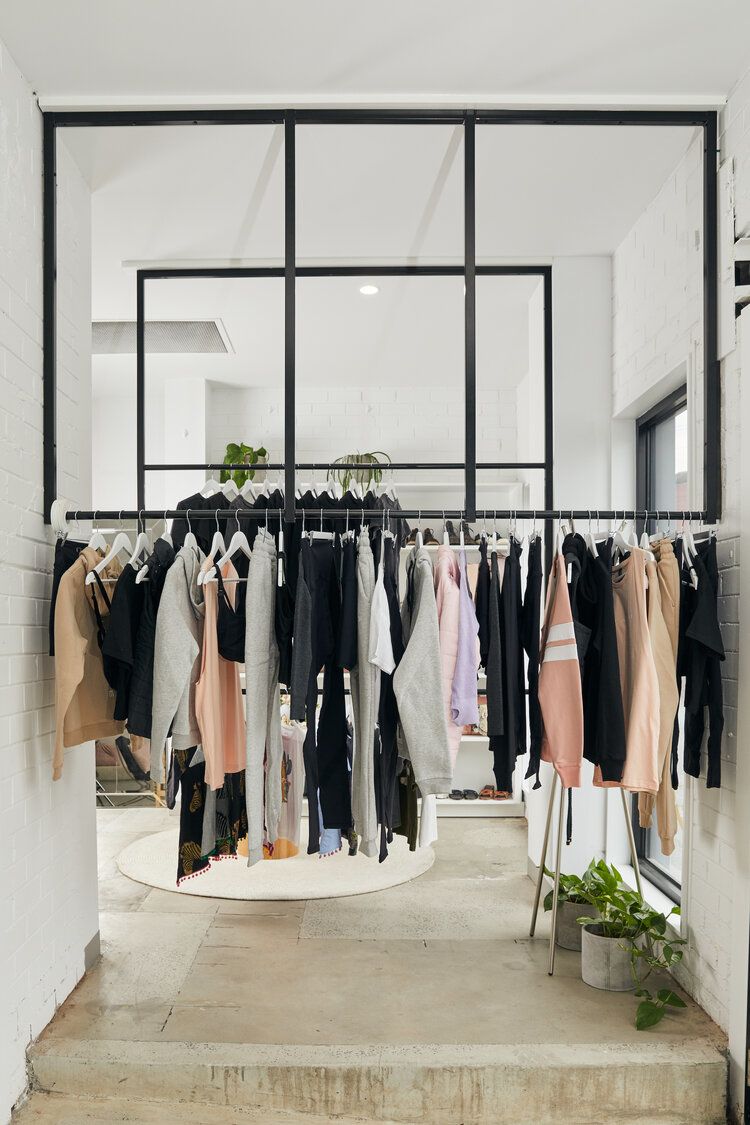ARE INFLUENCERS RESPONSIBLE FOR CLOTHING OVER-CONSUMPTION?
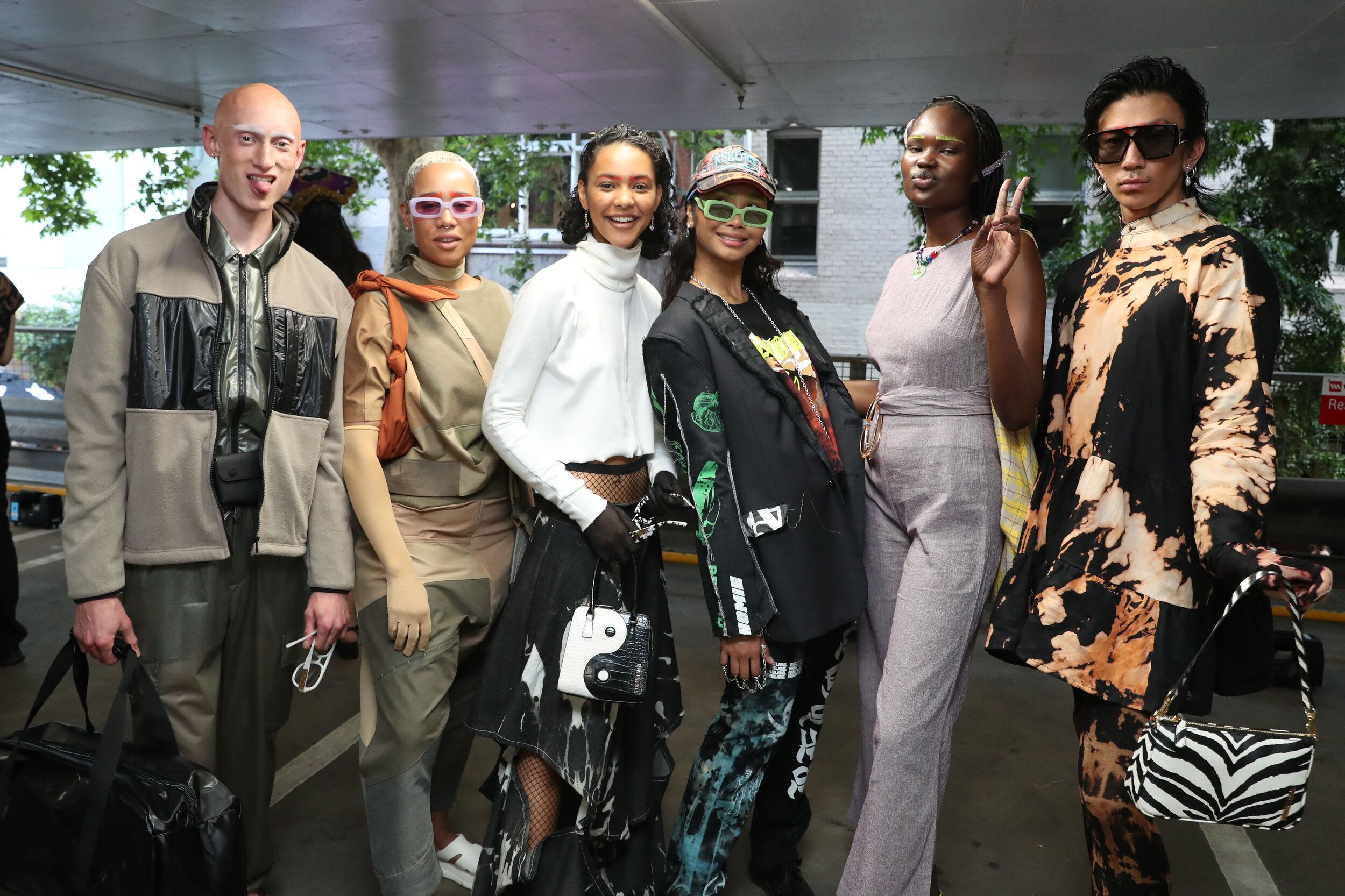
Social media influencers are accelerating demand for the latest looks. It’s done through PR packages, partnerships, and the glamorisation of fad-based fashion.
Consumers buy into trends, only for them to be quickly labelled 'so last season'.
Your heartbeat quickens. It's exciting to be able to dress just like your favourite Instagram influencer, Shani Grimmond. She’s posted a picture of a knitted midi dress, tagged Pretty Little Thing, and you can click and it’ll be on your doorstep within three business days. You must wear it next weekend!
Sadly research reveals such instant gratification is short-lived.
The fashion trend cycle has five stages: introduction, rise, peak, decline and obsolescence. Obsolescence, according to Masterclass, is when the item is history.
The gap between a clothing item being introduced and obsolescence is shortening. Clothing is now worn for half the time it was worn back in 2000.
The average Australian consumes 27 kilograms of new clothing annually, with 23 kilograms going straight to landfill. Australia ranks second in the world for consumption of textiles per person, according to the Australian Government’s 2021 Industry Clothing Textiles Waste Roundtable.
As a a writer for Refinery29 Australia, host of the Culture Club Podcast and a freelance Instagram content creator, Maggie Zhou has witnessed first-hand how fashion is glamorised by influencers.

“If you’re looking for brands who are actually going to pay you, a lot of the time that is the big fast fashion brands,” Zhou says.
Brand promotion is the main source of income for social media influencers. They are often paid to wear an item of clothing, post an agreed number of photos or videos, and tag the brand’s handle. This is in the hope that the influencer’s followers will buy the specific clothing item or visit the website. The goal isn’t solely to generate sales but also increase brand awareness.
“The trend cycle really resonates with what’s happening in our fashion culture,” Zhou says.
“The thing with social media is that in the span of six months we will have so many microtrends pass through us."
Often influencers won’t wear or own the garment they are posing in, rather they might sport uber trendy cigarette pants for a photo and never touch them again.
This accelerates the trend cycle of garments, encouraging people to participate in the said clothing trend. If thousands of the influencer’s followers buy the trendy and often, inexpensive bottoms, it’s likely that the cigarette pants will become increasingly sought after and become a trend.

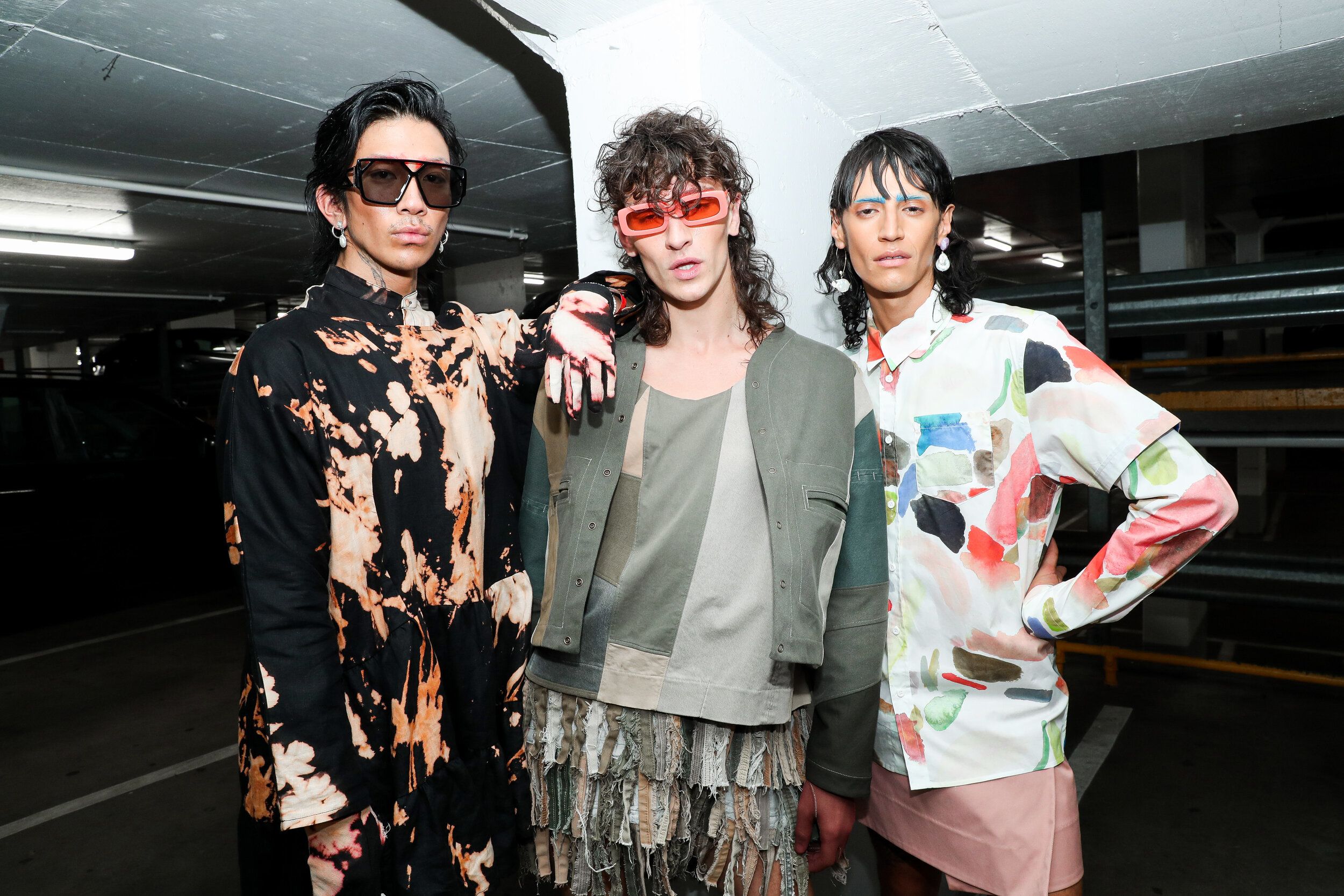

CRED: Jon Hewitt.
CRED: Jon Hewitt.

CRED: Kate & Co. PR. Fashion Week, Meyers Place Runway.
CRED: Kate & Co. PR. Fashion Week, Meyers Place Runway.
With more than 20 years’ experience in the fashion industry, including as a brand specialist for Alexander McQueen and executive manager for the Paul Maloney Agency in Sydney, Jon Hewitt is familiar with the fashion trend cycle.
He says social media influencers play an enormous role in the acceleration, particularly through their promotion of fast fashion.
“The message that’s being sent out there is you should really just wear something once,” Hewitt says.
“You don’t want to have an Instagram photo wearing the same outfit."
Hewitt acknowledges influencers often draw on a prominent person's private life online, “mirroring what they see in celebrity culture".
Fundamentally, celebrities can be viewed as a commodity, says Graeme Turner in his book Celebrity Studies.
Celebrities often collaborate with high end designers and brands. The celebrity will wear a garment or pieces of clothing to promote the brand or sell a garment to a desired audience. This practice is imitated by influencers, but instead of high-end brands, it’s often with fast fashion.
“The general public aren’t aware that influencers don’t necessarily own every piece that they post, but then they think that they need to consume that amount to be able to keep up,” Hewitt says.
While influencers may not be as powerful as A-lister celebrities, they are extremely effective in their brand endorsements. Influencer marketing is successful because of the trusted relationship between the influencer and their followers. This level of intimacy is fostered by portraying vulnerability and a perceived authenticity, according to Agility PR Solutions.
Influencer marketing strategies focused on brand awareness and engagement generate eight times more return on investment, according to a 2019 study by website Flaunter, which aims to help brands reach bigger audiences.
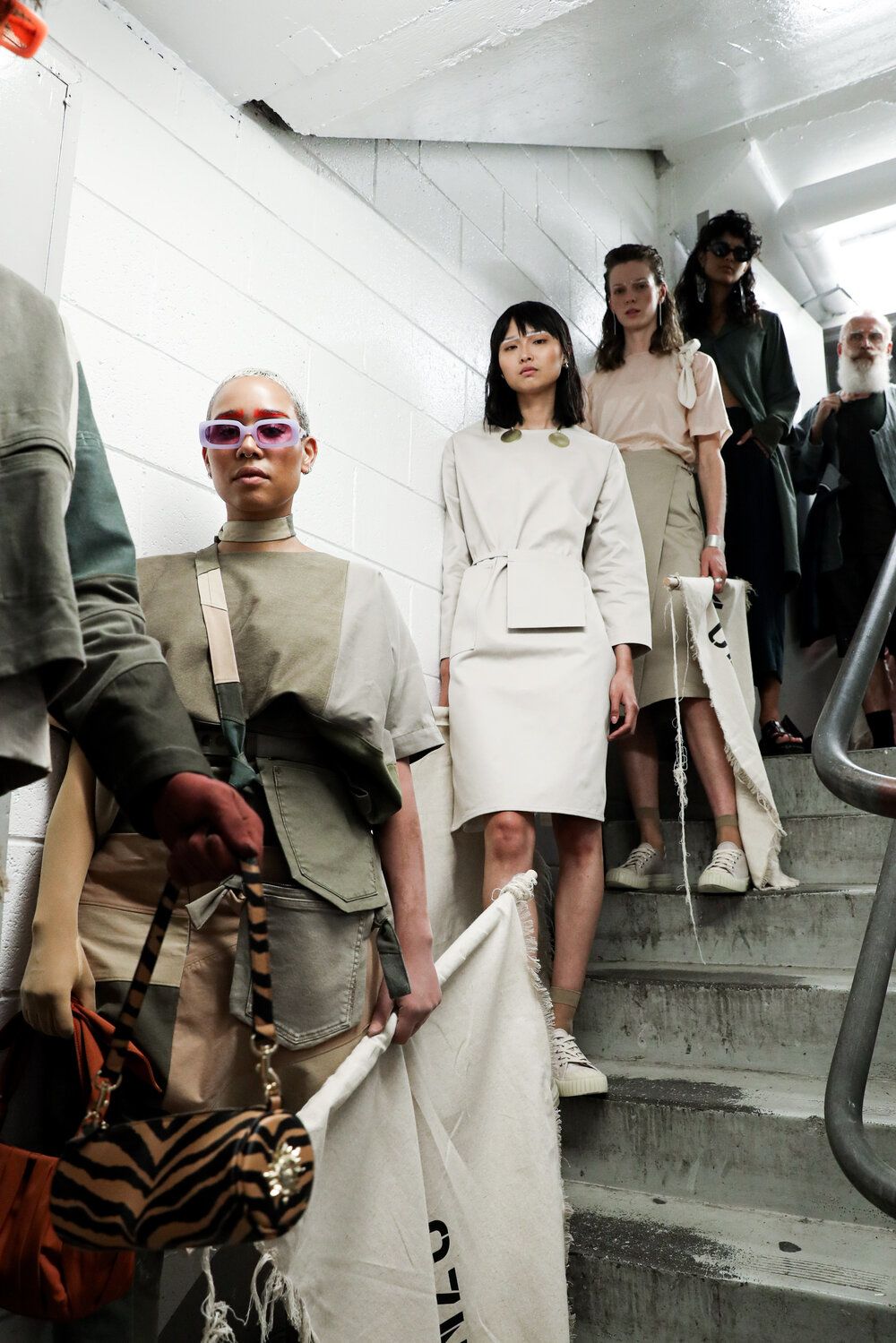

CRED: RMIT University. Dr Lauren Gurrieri.
CRED: RMIT University. Dr Lauren Gurrieri.
Dr Lauren Gurrieri, a senior lecturer in marketing at RMIT University, says social media influencers are innovative/
“They have become a very important and lucrative marketing tool,” she says.
“Traditional ways of using celebrity endorsers, don’t seem to resonate as much with this [Gen Z] market."
A 2018 study by the Digital Marketing Group found that 70 per cent of teenagers trust social media influencers over traditional celebrities. Influencers are persuasive and often responsible for the sale of clothing. In 2020, the Fashion Influencing Market had a value of A$2.8 billion.
Gurrieri says advertising through influencers is an “incredibly important way of resonating” with younger audiences.
“Those demographics are heavily influenced by marketing,” she says.
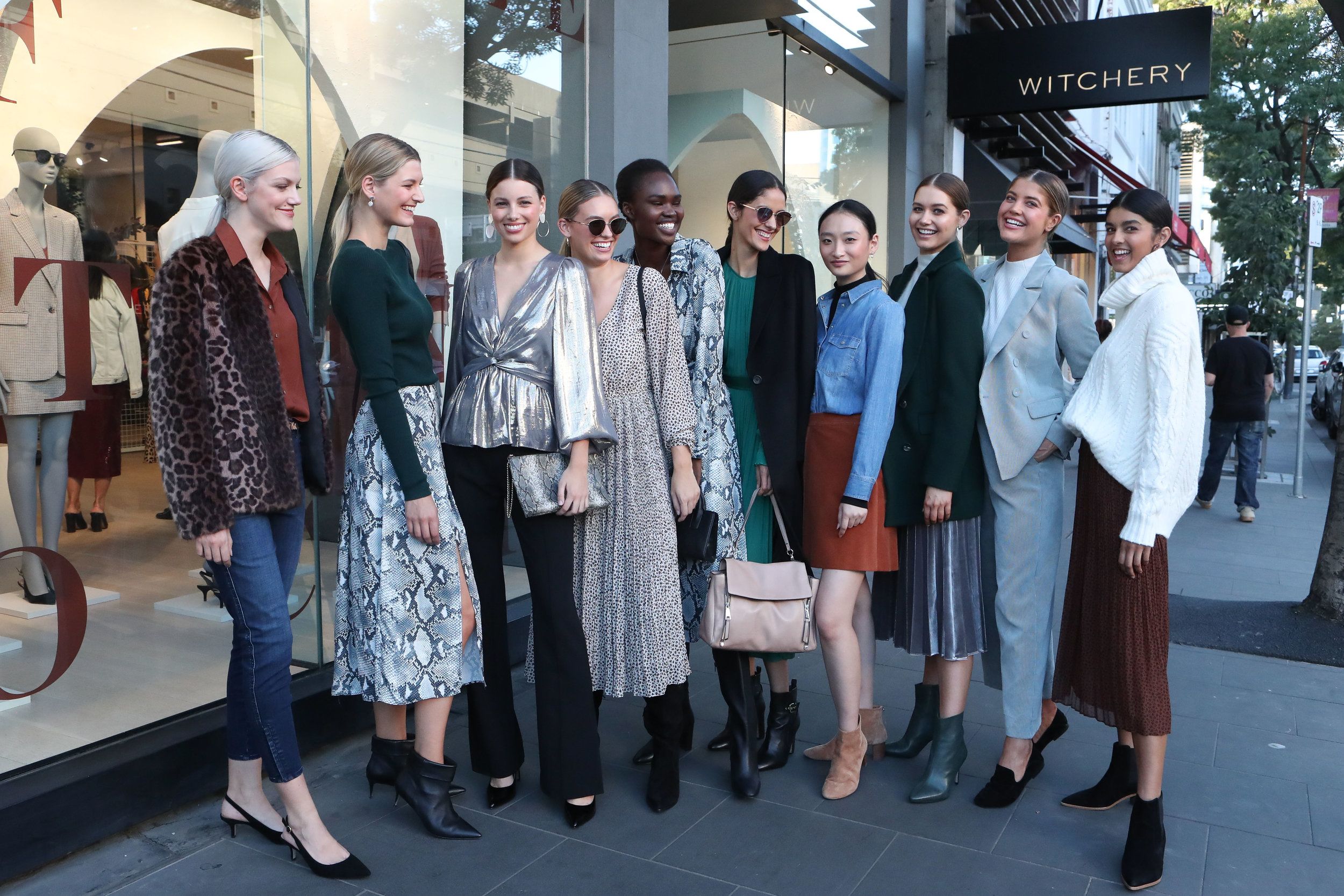

CRED: Kate & Co PR. First Edition Autumn Winter 18 Collection.
CRED: Kate & Co PR. First Edition Autumn Winter 18 Collection.
PR companies often connect influencers with fashion labels and brands; they create, complete, and oversee marketing campaigns for clients. This can include gifting, sponsorships, ambassador programs, sponsored social media posts and giveaways.
Kate & Co PR, an independent public relations and events agency, has worked with many international and national brands for events such as autumn racing carnivals, Coles supermarkets and Melbourne Fashion Week.
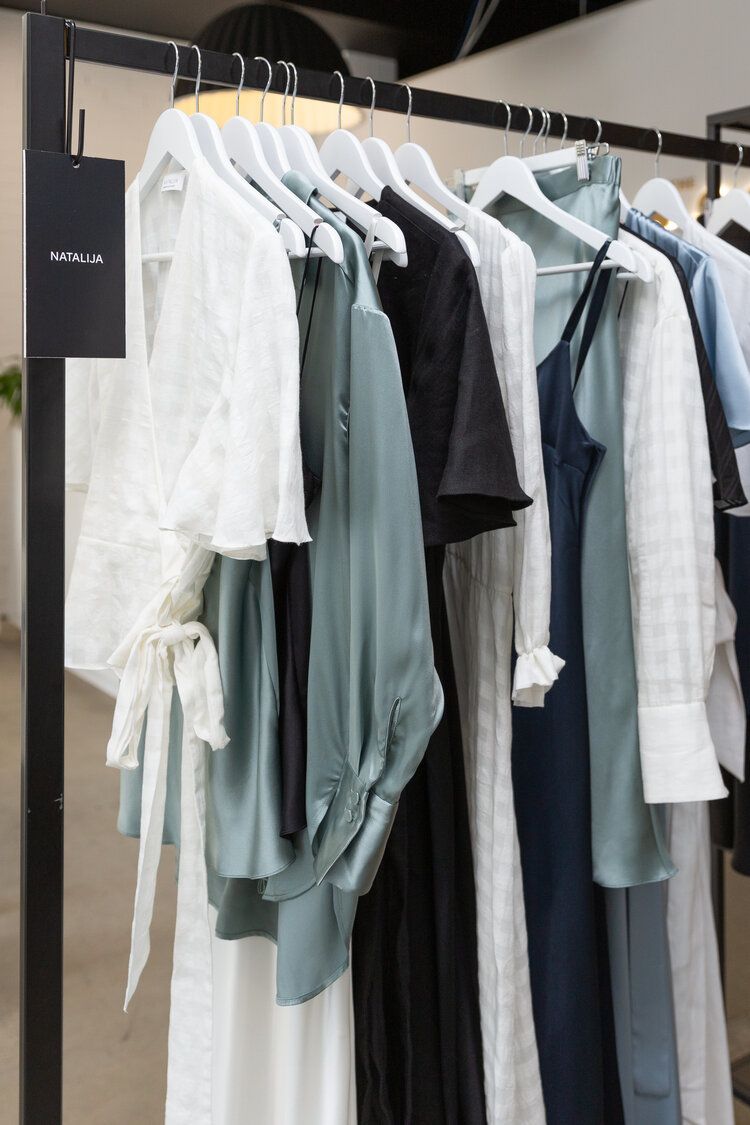
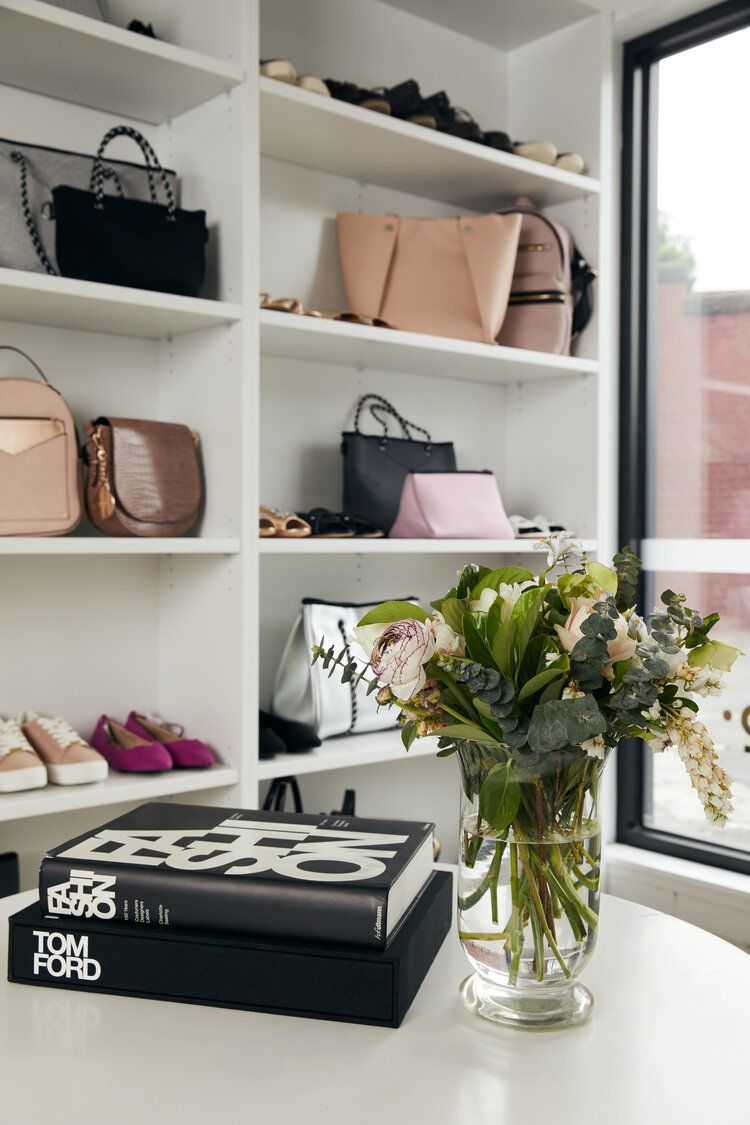
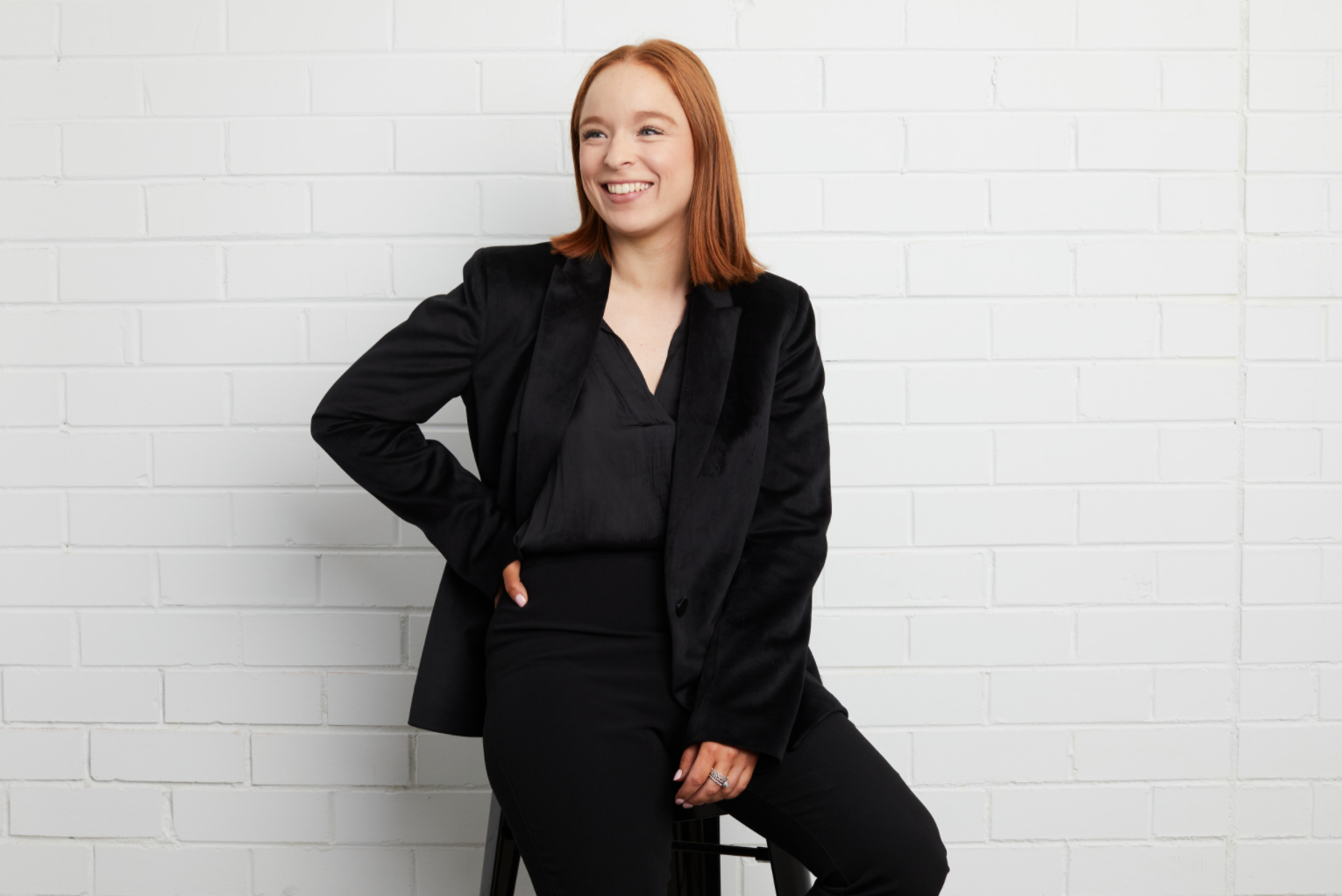

CRED: Kate & Co. PR. Showroom.
CRED: Kate & Co. PR. Showroom.

CRED: Kate & Co. PR. Showroom.
CRED: Kate & Co. PR. Showroom.

CRED: Kate & Co PR. Rachel Collister.
CRED: Kate & Co PR. Rachel Collister.
Kate & Co’s account manager Rachel Collister also manages its fashion department, working with brands such as Alessandra Vallance, Caznic the Label, Désordre Boutique and Melbourne Fashion Week.
Part of Collister’s role is to select influencers who align with their fashion clients’ brand and values.
When selecting an influencer, she says it's imperative they portray the ability to, “deliver through increased social followers and actual sales from their campaign”.
Kate & Co PR organise paid and contra deals with influencers to promote their brands. However, most of their clients are small independent brands who don’t often have large budgets to invest in influencer campaigns.
Collister says $10-15,000 is a huge investment so they want “to see some kind of return”.
Instead of investing in influencer campaigns, many of Kate & Co’s fashion clients will gift garments and apparel to influencers in the hope of building a relationship.
“You don’t want to send them something that they won’t like, or won’t wear, or doesn’t come in their size,” says Collister.
“I always recommend that there’s some layer of outreach, it just comes across as more personal,” she says.
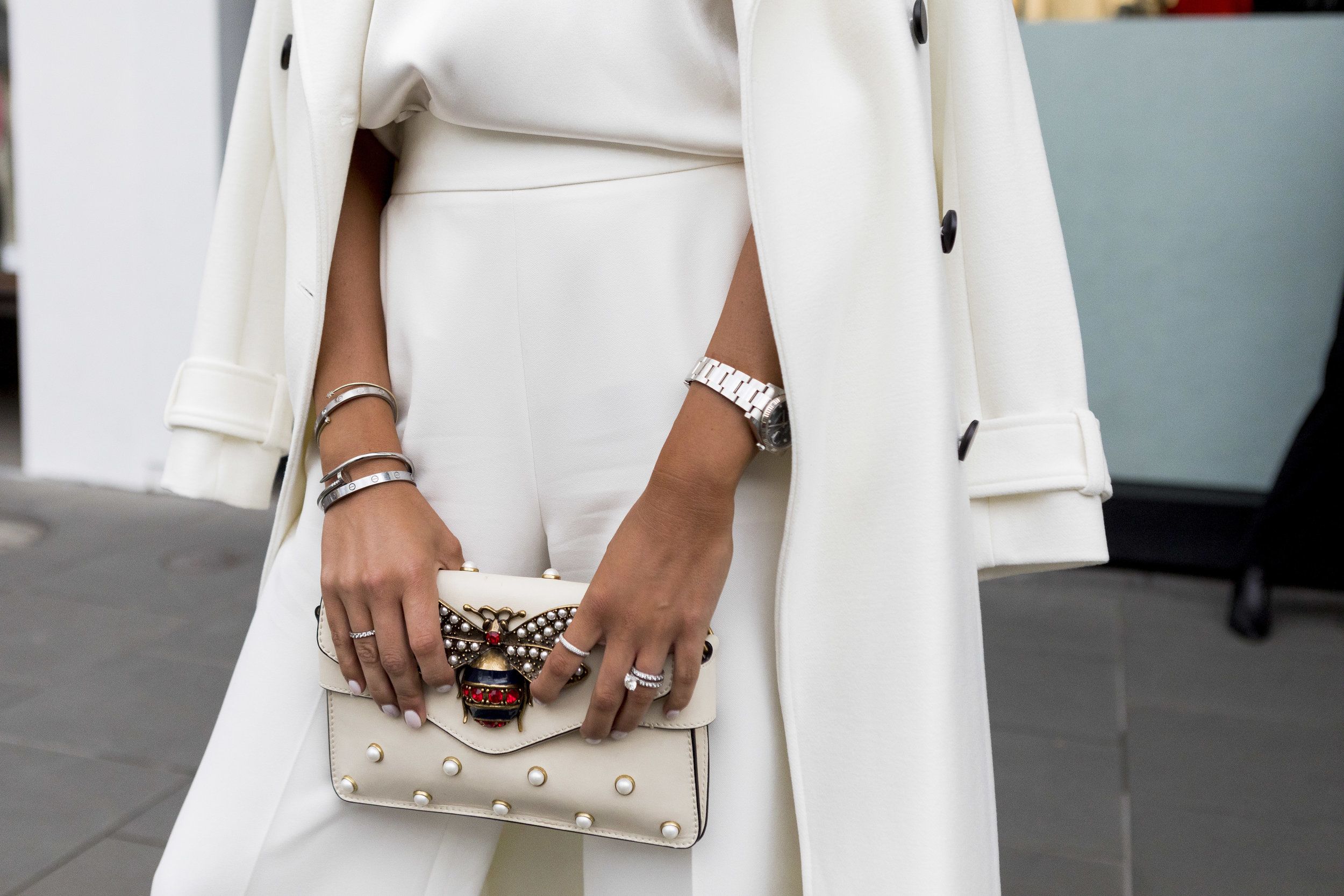
With over 20,000 followers on Instagram, Maggie Zhou is no beginner to receiving PR packages from fashion brands.
“More often than not things will just arrive – and I’m like, 'I have no idea how you got my information or no idea this product was coming',” Zhou says.
“I definitely try to communicate to all PR brands that I would like approval with whatever arrives at my door."
Zhou says PR marketing must be conscious and sustainable. This can mean an email to the influencer asking if they want the garment and if so, asking for their size.
“It should be more selective, maybe fewer people, with fewer drops throughout the year,” she says.

Hewitt agrees, saying gifting is deeply problematic as it creates a false sense of how often ‘ordinary’ people should buy clothing.
“Things are often just sent as a gift, without knowing if the person wants it, needs it or is even interested in it,” Hewitt says.
He says influencers need to stop promoting fad-based clothing. Instead, he hopes for innovation and creativity from fashion influencers, such as repurposing old clothes, demonstating how to style a top in different ways or taking a garment from day to night.
Hewitt says he wants to see fashion influencers “encouraging the wear of something long term, rather than promoting just one outfit”.
Influencer marketing needs to become more sustainable, he says, and a momentous shift in consumer behaviour in needed.

Individuals need to purchase “things that are more classic, that you’re going to get a lot more longevity out of", he says.
Zhou also stresses the importance of buying classic, sustainable clothing and argues the consumer mindset shift from fast fashion to slow fashion.
Slow fashion is the antithesis of fast, requiring thought, consciousness and understanding into spending habits in hopes of promoting sustainability.
“There have always been slow fashion influencers and people who op-shop but it just wasn’t at the forefront of the conversation,” Zhou says.
